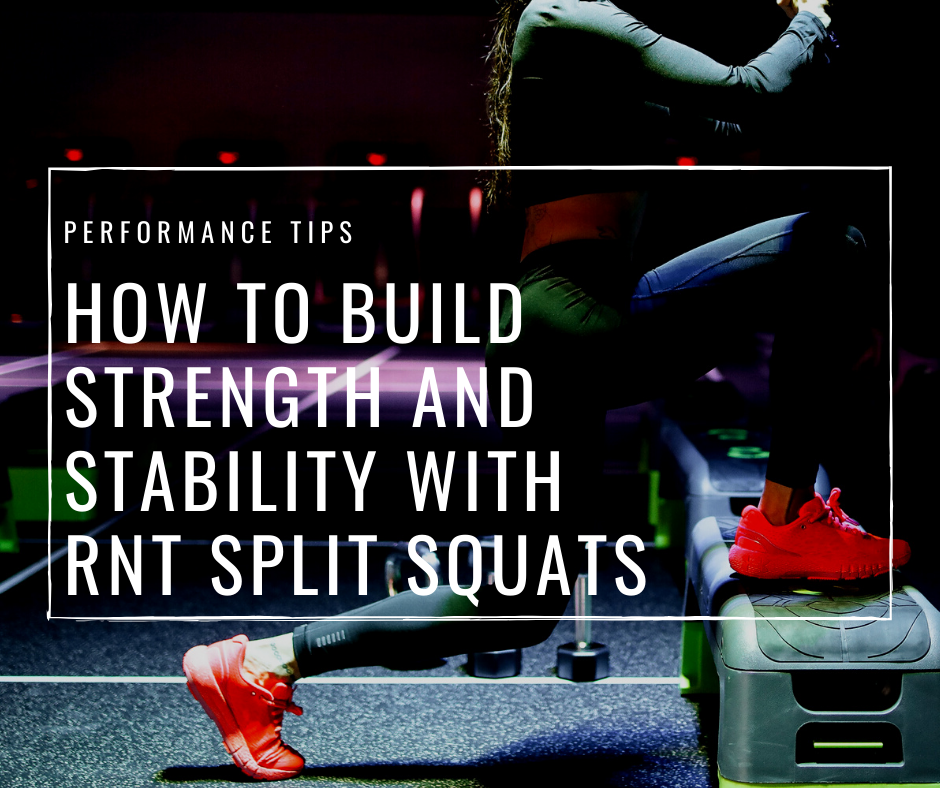VIDEO SERIES: How To Prevent Back Injury When Lifting ~ The Two Hand Rule
Often at the gym, I talk to clients about how to prevent back injury when lifting using the "two hand rule".
The Two Hand Rule is one of the most important movement concepts that everyone who exercises needs to get down with!
I can't emphasise this enough. I see so many movement/technique errors in my day to day coaching practice that can lead people to serious back injury. Which is why I'm a total stickler for making sure everyone maintain the correct form - and the two hand rule - no matter what exercise you're tackling.
If we don't, we'll:
- Lose power/force production
- Expose ourselves to a higher risk of injury, especially through our back.
Neither one of those sounds fun to me, so let's talk about how to perfect this principle.
How To Prevent Back Injury When Lifting: Introducing The Two Hand Rule
When Should You Practice The Two Hand Rule To Prevent Back Injury?
Every time you lift! The two-hand rule relates to most movements/exercises that involve an external load (i.e. lifting weights), and it also applies to many bodyweight movements, including basic gymnastics (for example: chin-ups, planks, levers, handstands, push-ups), running, skipping, and so on.
- When you squat, do your hands move together or apart?
If you can't squat while maintaining the two-hand rule, you WILL lose position and strength coming out of the bottom (you'll often get tipped forward) and you won't be able to lift as much as you could otherwise. Your back will also be put under more strain.
- When you deadlift, can you maintain the two hand posture?
If you can't, you'll lose power off the floor or in the finish, and you'll be more likely to strain your back with heavy loads or while under fatigue.
- When you do a chin-up, does your back over-extend like a scoprian's tail?
If it does, you're limiting your potential and are more likely to feel a bit of back stiffness after a workout with lots of pulling volume. What's more, it means you're practicing movement with your body/spine in a compromised, broken position instead of training your body to move as a single, strong, integrated unit.
How To Prevent Back Injury When Lifting: Perfecting The Two Hand Rule
The best place to start is probably the hip hinge or Romanian Deadlift. From there, you'll want to apply it to your squat, jumping, skipping, pressing, and most of the movements we do in the gym. Check out the video below for common mistake I see people make as they work on perfecting the two hand rule.
DID YOU LIKE THIS POST? SHARE IT!
Want To Feel Happier, Healthier and Stronger?














